- News
- EV
- Why EV Adoption May Rise Faster in Secondary Cities Than in Kuala Lumpur
Electric vehicles are gaining momentum across Malaysia, but the pace of adoption may surprise some. Instead of Kuala Lumpur leading the way, it is secondary towns and cities that are shaping up to embrace EVs more quickly. While KL is the capital and business hub, the realities of high-rise living and limited charging access make EV ownership less convenient, giving landed households outside the city a clear advantage.
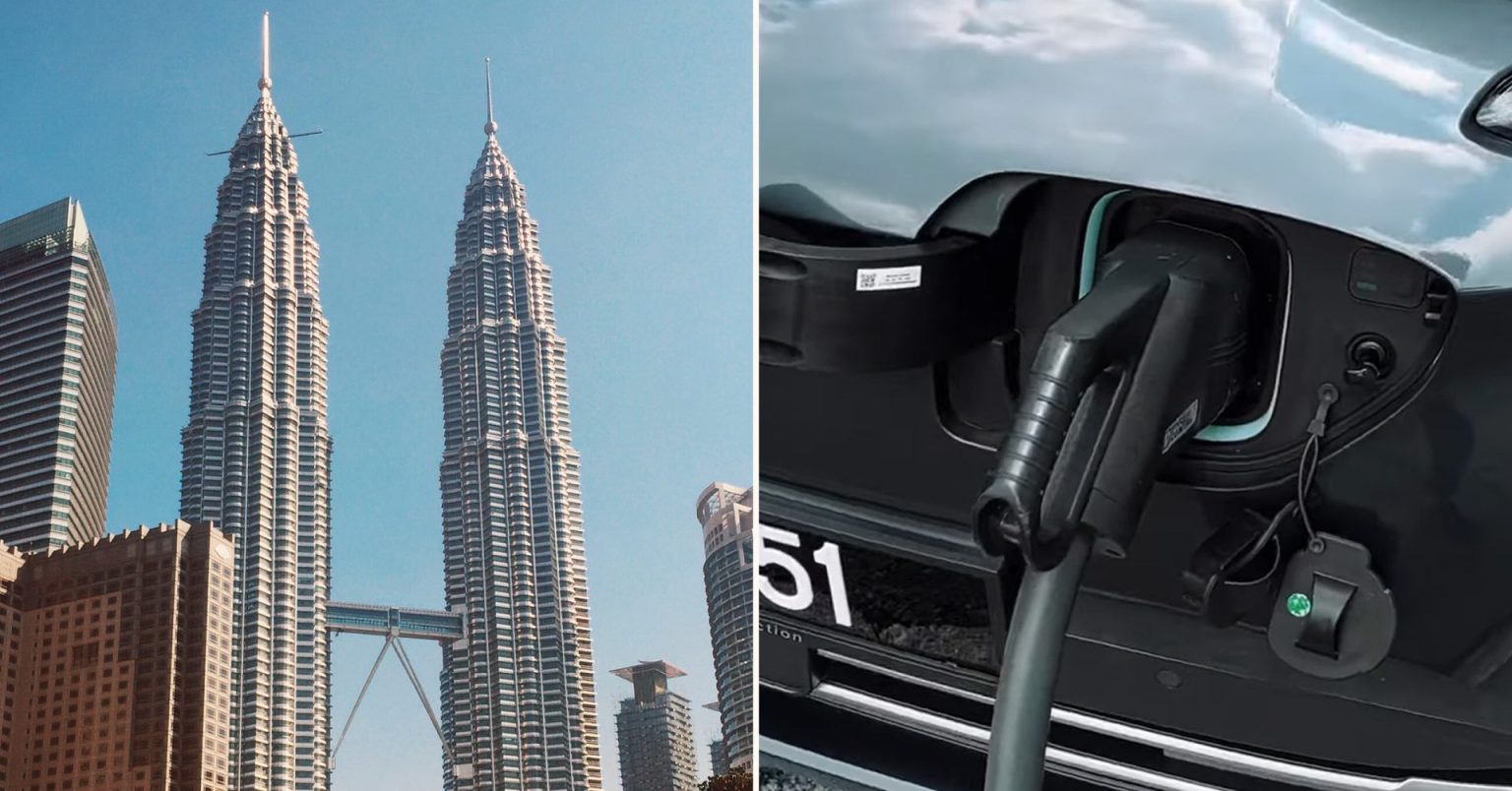
In Kuala Lumpur, most residents live in condominiums or apartments, where installing a private charger is not straightforward. Approvals, technical requirements, and costs often make it impractical, leaving many drivers dependent on public chargers. These can be expensive compared to home charging and often come with long queues during peak hours, creating uncertainty for daily use. For many city dwellers, these challenges reduce the appeal of switching to an EV.
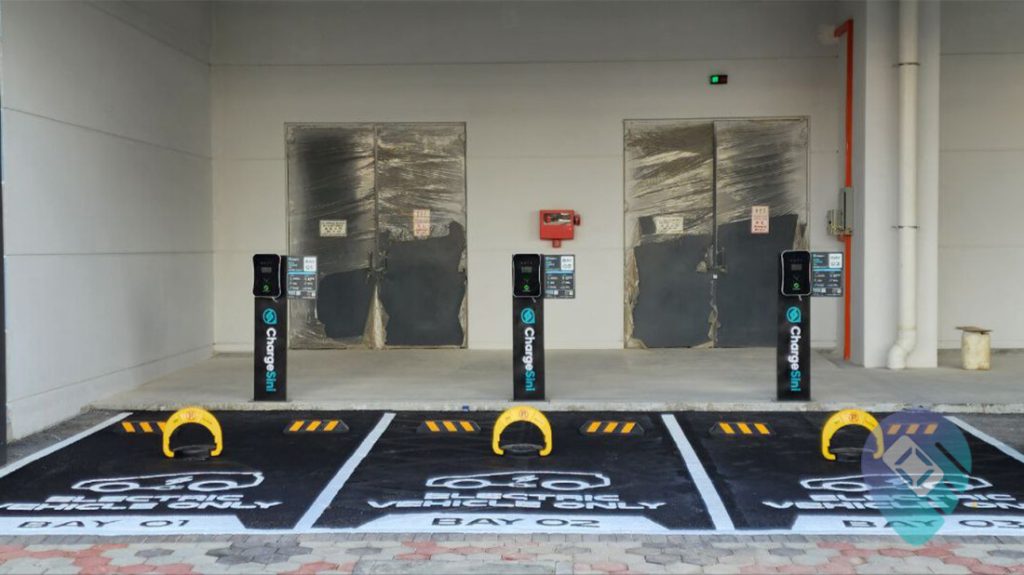
By contrast, suburban households enjoy the benefit of landed property, where home charger installation is simple. Being able to plug in overnight provides both convenience and significant cost savings compared to filling up a petrol tank. For families in towns outside KL, this creates a strong case for EV ownership — one that is based less on status and more on practicality.
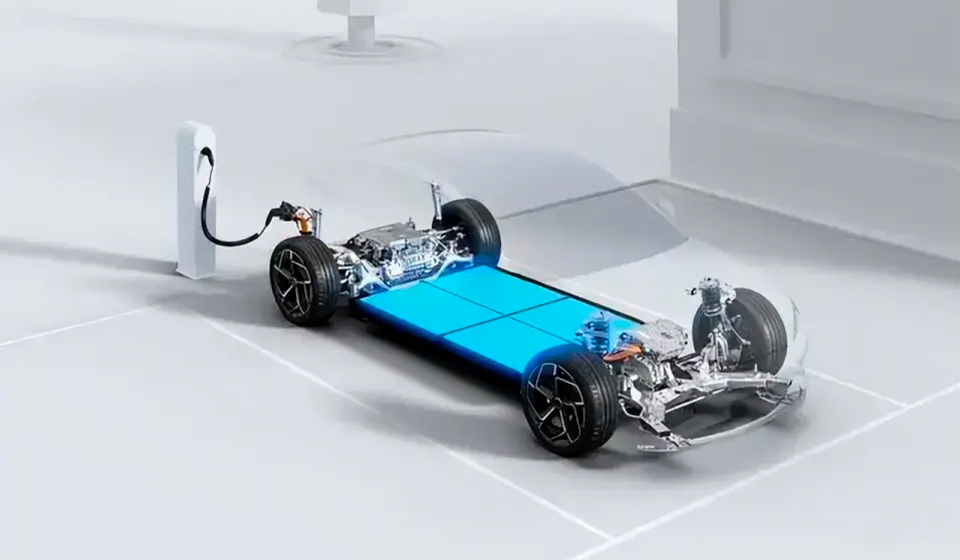
At the same time, the global surge in EV sales is being driven by rapid improvements in battery technology. Compared to a decade ago, battery prices have dropped by around 90 percent, removing one of the biggest barriers to adoption. Today’s batteries are also built to much higher standards, with lifespans of 10 to 15 years, giving drivers confidence in their long-term investment. For suburban households that already have the advantage of home charging, this combination of lower cost and greater durability makes EVs an even smarter choice.
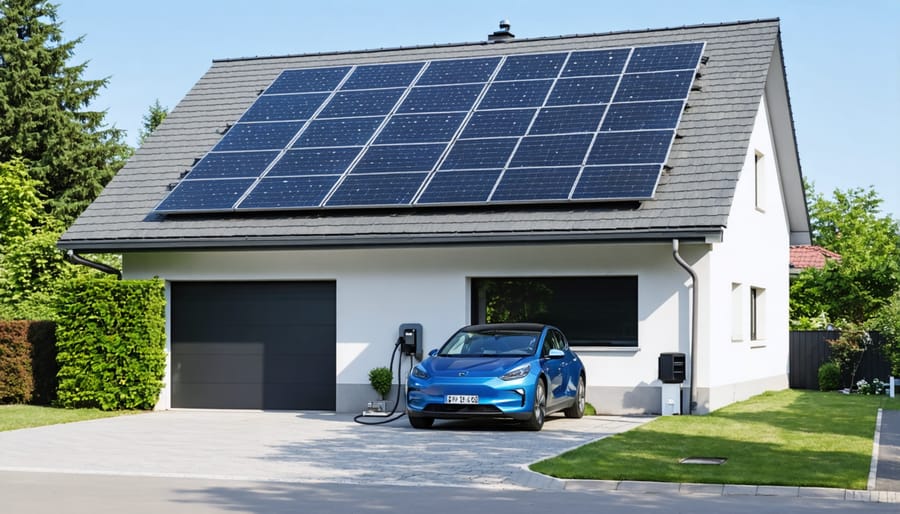
Adding to the appeal is the potential of renewable energy. Many landed homes have the option of installing solar panels, which can bring charging costs down further — in some cases to nearly zero. For these households, EVs represent not only a greener lifestyle but also one of the most affordable ways to drive.
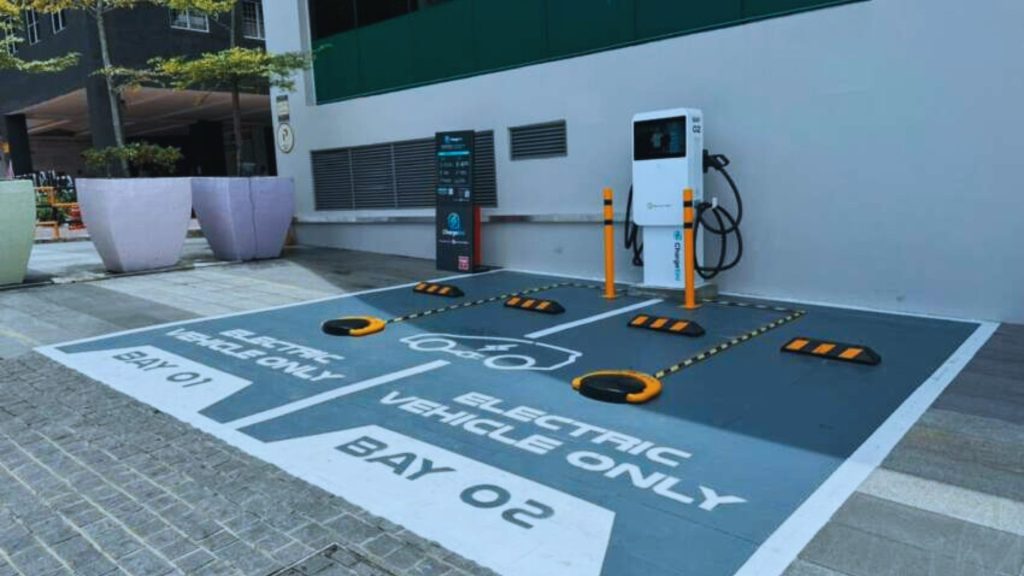
This is why EV adoption may accelerate faster in Malaysia’s secondary cities than in Kuala Lumpur. With fewer barriers, greater cost savings, and the added benefit of renewable energy, suburban households are positioned to lead the transition. For many families outside the capital, the move to EVs is no longer just about technology — it is about choosing a cleaner, cheaper, and more practical way to drive.